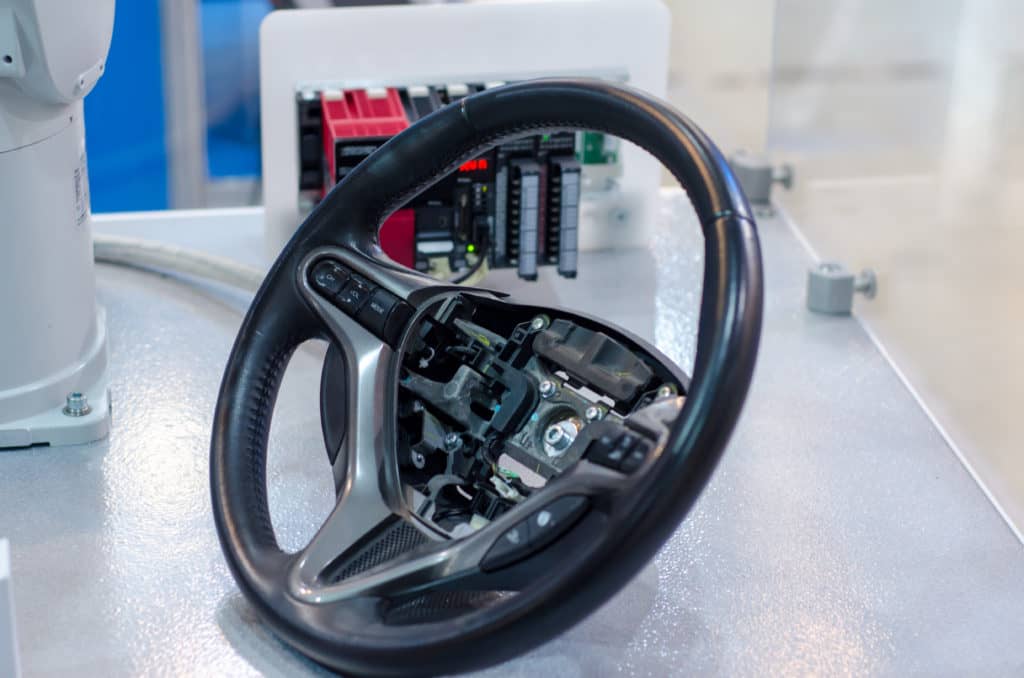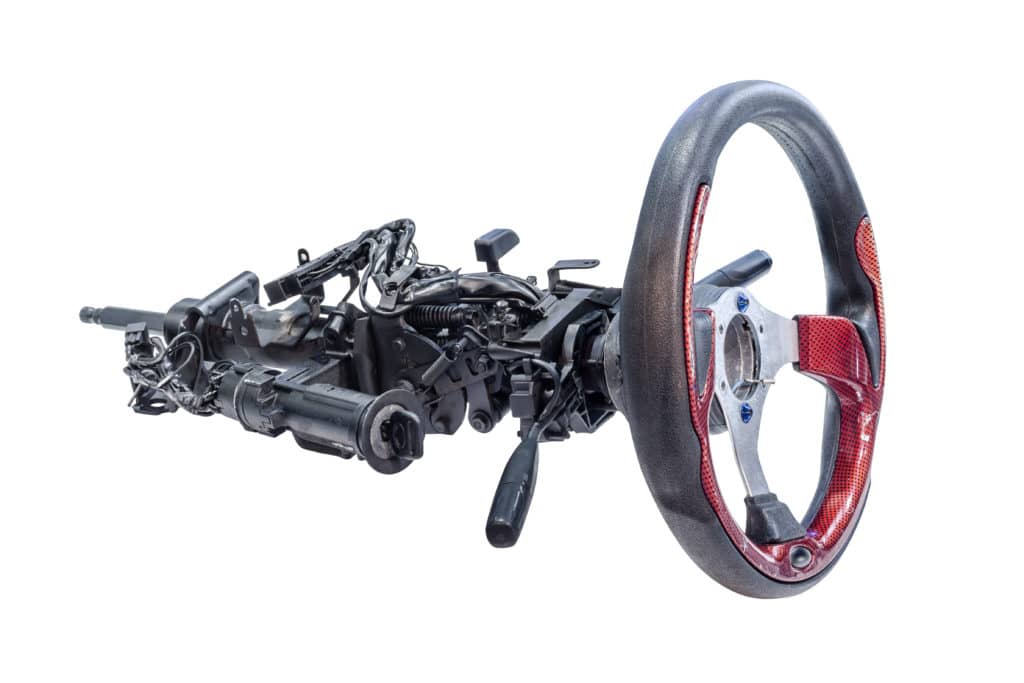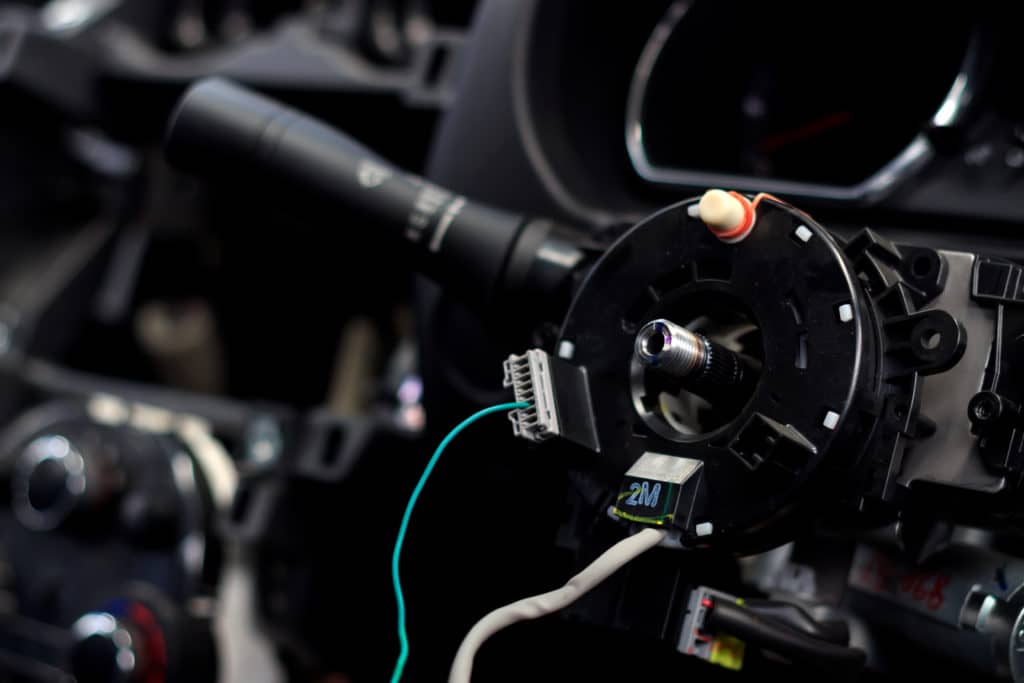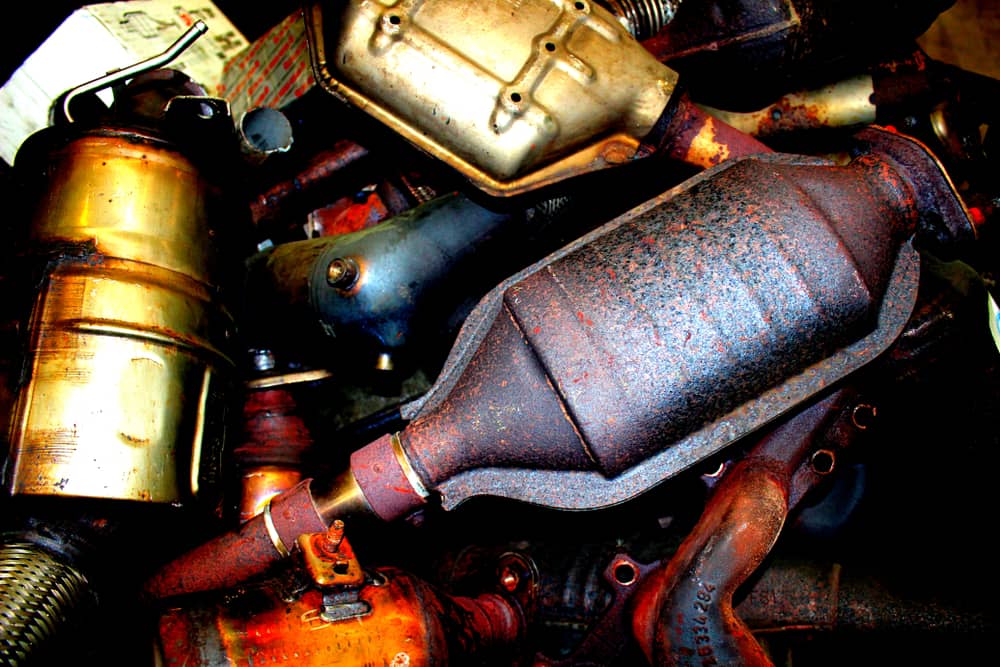How to Change Your Own Steering Wheel? | DIY Tips
One of the most common aftermarket changes you can do to your car is replacing the steering wheel. It can improve your driving experience since aftermarket steering wheels are often better fitting and smaller in diameter, allowing for quicker steering and precision driving.
However, it has its downsides – you’ll lose a lot of regular steering wheel features. Useful features like the audio volume, cruise control or the all-important airbag will be all gone.
If you’re thinking of changing your steering wheel, there are 2 routes you can take — visit a trusted workshop to change the steering wheel for you, or switch it out yourself. If you’re thinking of doing it yourself, here are 5 simple steps you should follow!
1. Find a Suitable Steering Wheel

Not all aftermarket steering wheels fit all cars. There are big differences in steering column construction and the main bolt which holds the wheel.
Before buying the replacement, search the web for more details, dimensions and specifications. It’s an important step to take to ensure that you don’t come into any unpleasant surprises when disassembling your steering wheel.
Most aftermarket wheels are 33 to 35 mm in diameter, smaller than a regular steering wheel. The smaller wheel is more sporty and can really help you have a more engaging drive.
2. Remove the Plastic Covers

In most modern vehicles, the steering wheel will be covered in plastic.
First, you should carefully remove them. Keep track of all screw holes and try your best to not damage anything since you will put it back together afterwards.
The plastic covers are found on the top, bottom and some are scattered to fit around the ignition. You have to be extremely delicate and patient during the entire process because they are connected with small screws.
3. Disconnect the Wires

Since most modern steering wheels have a lot of functions, you can expect a lot of wires coming from the dashboard through the steering column. That’s why it’s best to disconnect the battery before you start changing your steering wheel. We’re sure you don’t want to face any problems with electricity.
But most importantly, you do not want to activate the airbag as it can be really dangerous!
It’s been reported that, due to power instability, the airbag can be deployed even if the car isn’t involved in the crash. You definitely don’t want the airbag to explode in your face.
Next, disconnect all the wires leading to the steering wheel which should be quite an easy job. Don’t cut or tear the wires, just find the connectors and disassemble them. If you happen to cut or tear the wires, then you might be in trouble.
Call for a tow truck to a trustworthy workshop immediately.
4. Center Lug Nut

After disconnecting the wires, you should have a clear view of the central lug nut which holds the steering wheel in its position. In most cases, you’ll be able to take it off with common tools.
But in some cases, you will need a special set since the pattern of the centre lug nut could be different. However, it shouldn’t be very hard to remove it.
Your steering wheel is now ready to be replaced.
5. Don’t Forget to Lubricate
You will notice that the central lug nut and the surrounding area is greasy, and that’s how it should be – since it will lubricate the part of the wheel which is in constant movement.
After placing the new steering wheel, you should lubricate the centre part thoroughly just to be sure that everything works smoothly.
And that’s it, you’re done! Your new steering wheel should be working fine. However, as indicated in this quick guide, changing your steering wheel on your own has its own dangers. Imagine fixing your steering wheel and having the airbag deployed, how scary is that?
So, maybe leaving this task to the professionals might be a better idea! If you need help fixing your steering wheel, or with any other car maintenance and repair tasks, check out CARRO’s transparent and trustworthy car workshop today!





